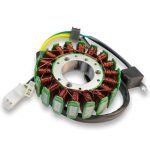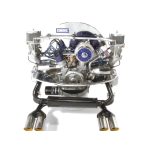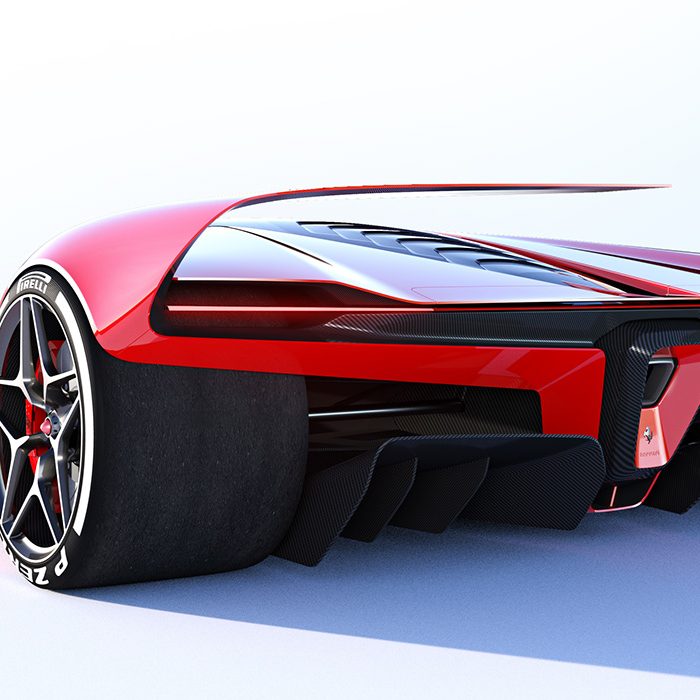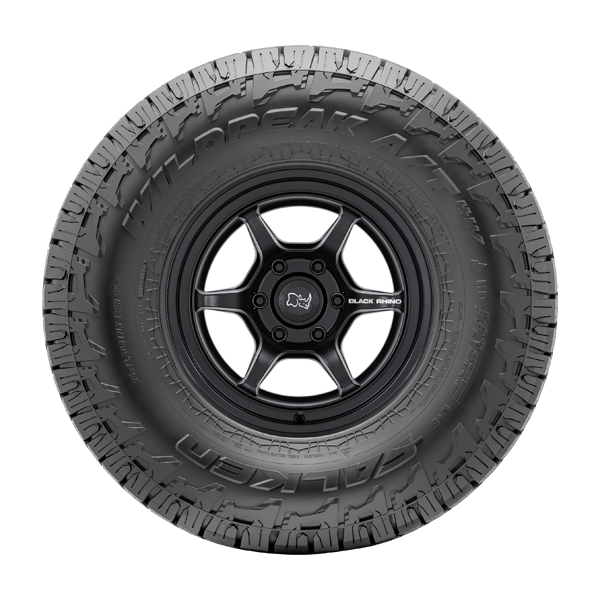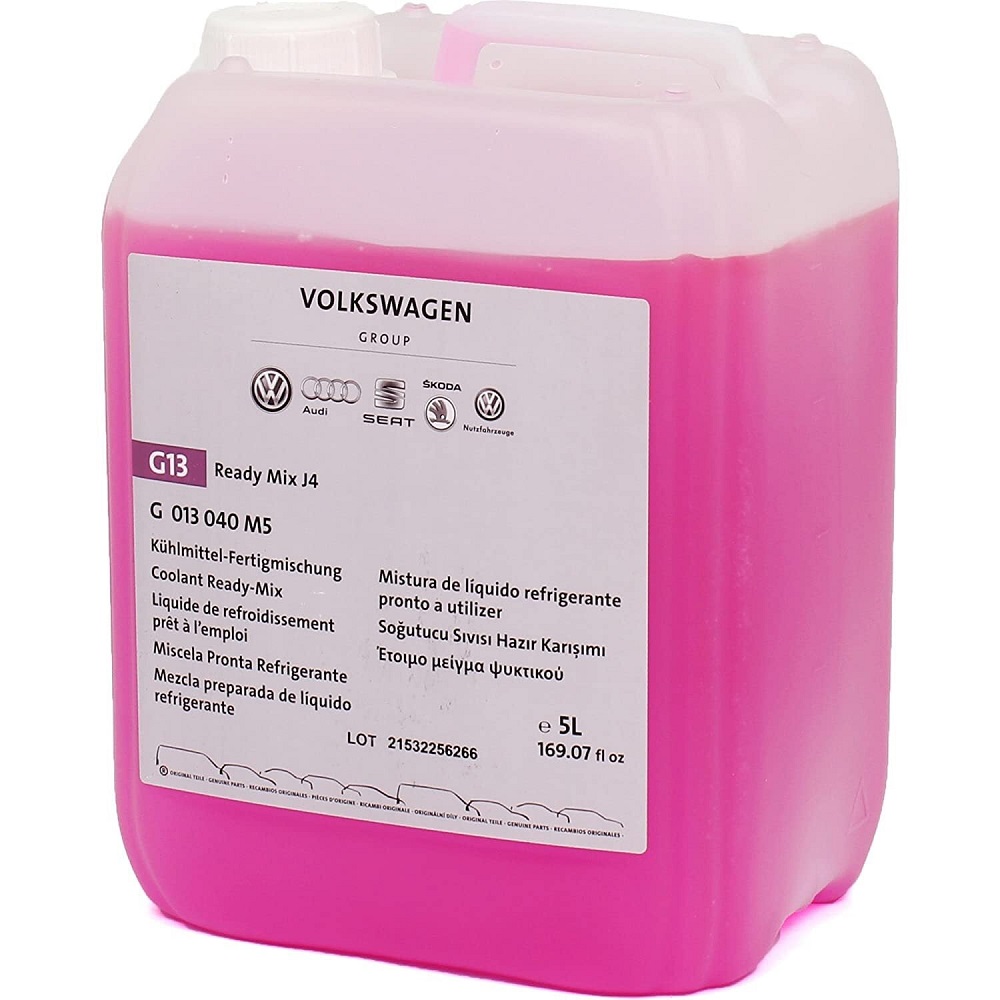Creating a Ferrari concept car is a remarkable journey that blends art, engineering, and innovation. Each car tells a story of meticulous design, cutting-edge technology, and the relentless pursuit of perfection. This article delves into the process of taking a Ferrari concept car from an initial sketch to its grand debut in the showroom, exploring the various stages involved in this intricate process.
Conceptualization and Design
Initial Sketches and Ideas
The journey of a Ferrari concept car begins with the conceptualization phase, where initial sketches and ideas are brought to life. This stage is driven by creativity and vision, often inspired by Ferrari’s rich heritage, advanced engineering goals, and market trends. Designers use pencil, paper, and increasingly, digital tools, to explore various shapes, lines, and proportions.
Numerous iterations are created to visualize different possibilities, with each sketch refining the concept further. Design teams collaborate closely, sharing feedback and insights to ensure the concept aligns with Ferrari’s brand ethos and performance standards. The initial sketches serve as a blueprint that guides the subsequent stages of development.
Design Approval and Refinement
Once a compelling concept emerges, it undergoes rigorous scrutiny by Ferrari’s design and engineering teams. The design approval process involves several rounds of review and refinement. During this stage, designers produce more detailed drawings, 3D models, and digital renderings to showcase the concept from various angles.
Advanced software tools facilitate the creation of virtual prototypes, allowing the team to simulate aerodynamics, structural integrity, and ergonomics. Feedback from different departments, such as engineering, marketing, and manufacturing, is incorporated to perfect the design. Achieving design approval marks a significant milestone, paving the way for physical development.
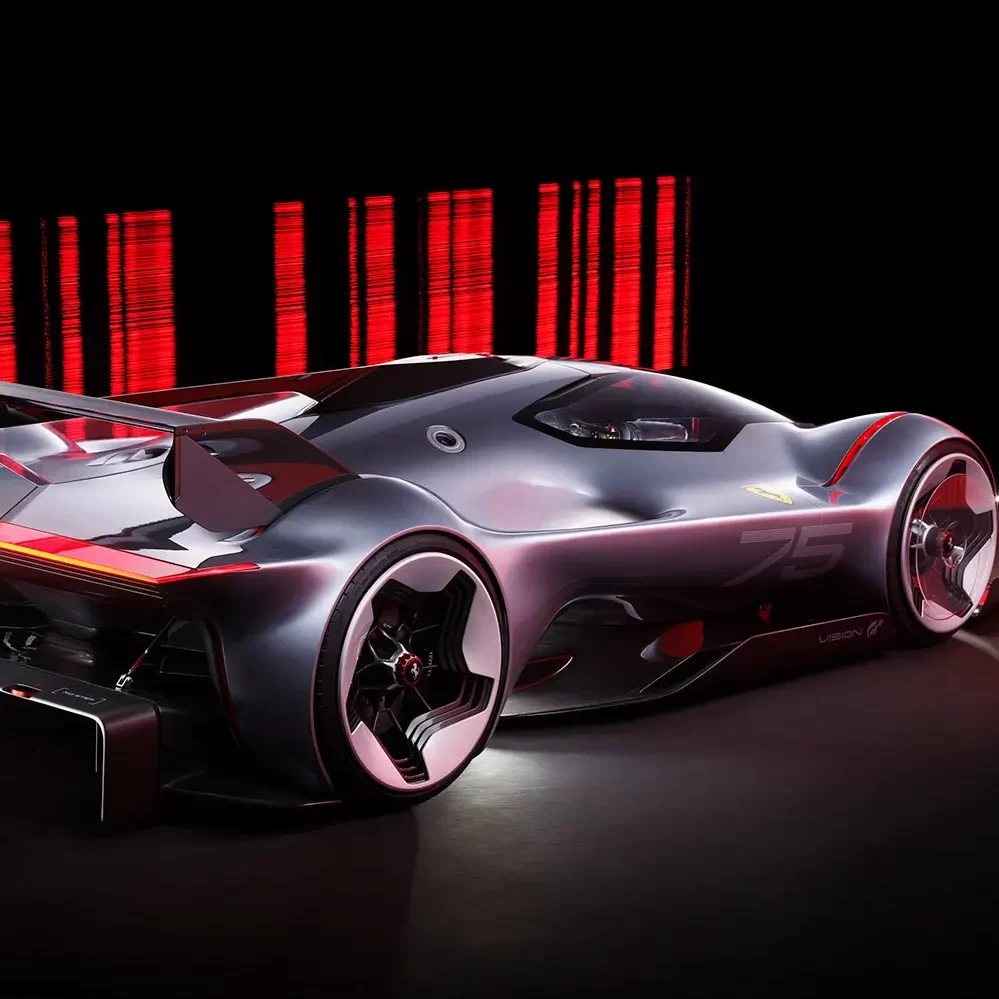
Engineering and Prototyping
Structural Engineering
The transition from design to engineering involves translating artistic concepts into functional structures. Structural engineering focuses on creating a chassis that balances weight, strength, and performance. Ferrari engineers utilize advanced materials such as carbon fiber and aluminum to optimize the car’s weight distribution and rigidity.
Finite Element Analysis (FEA) and Computational Fluid Dynamics (CFD) are used to study the car’s aerodynamic properties and ensure it meets safety and performance standards. These simulations help identify potential issues and opportunities for improvement, minimizing the need for multiple physical prototypes. Structural engineering ensures that the concept car is not only beautiful but also high-performing and safe.
Building the Prototype
With the structural engineering in place, the next step is to build a physical prototype. This phase transforms virtual models into tangible reality. The prototype, often referred to as a “mule,” is constructed using advanced manufacturing techniques such as CNC machining, 3D printing, and hand-crafted components.
Craftsmen and engineers work meticulously to create the prototype, paying attention to every detail. This hands-on process involves fabricating the body panels, assembling the chassis, installing the drivetrain, and fitting the interior elements. Once assembled, the prototype undergoes a series of tests to validate its design and functionality. Building the prototype bridges the gap between concept and reality, allowing engineers to assess the car’s real-world performance.
Testing and Validation
Performance Testing
Extensive testing is crucial to ensure that a Ferrari concept car meets the brand’s high standards of performance and reliability. Performance testing encompasses various aspects, including acceleration, braking, handling, and top speed. Engineers and test drivers put the car through rigorous trials on test tracks and in controlled environments.
Sophisticated sensors and data acquisition systems record vital performance metrics, providing invaluable feedback for further refinement. This stage often involves multiple iterations, with adjustments made to the chassis, suspension, engine, and aerodynamics based on the testing results. Performance testing ensures that the concept car delivers the exhilarating driving experience synonymous with Ferrari.
Safety and Compliance
In addition to performance, safety and regulatory compliance are paramount. The concept car undergoes a series of crash tests, both virtual and physical, to ensure it meets stringent safety standards. Simulations help engineers design crumple zones, reinforce critical structures, and optimize airbag deployment.
Compliance with environmental regulations, such as emissions and noise standards, is also a key consideration. Ferrari collaborates with regulatory bodies to certify that the concept car adheres to all relevant laws and guidelines. Safety and compliance testing ensure that the concept car is not only fast and beautiful but also safe and legally compliant.
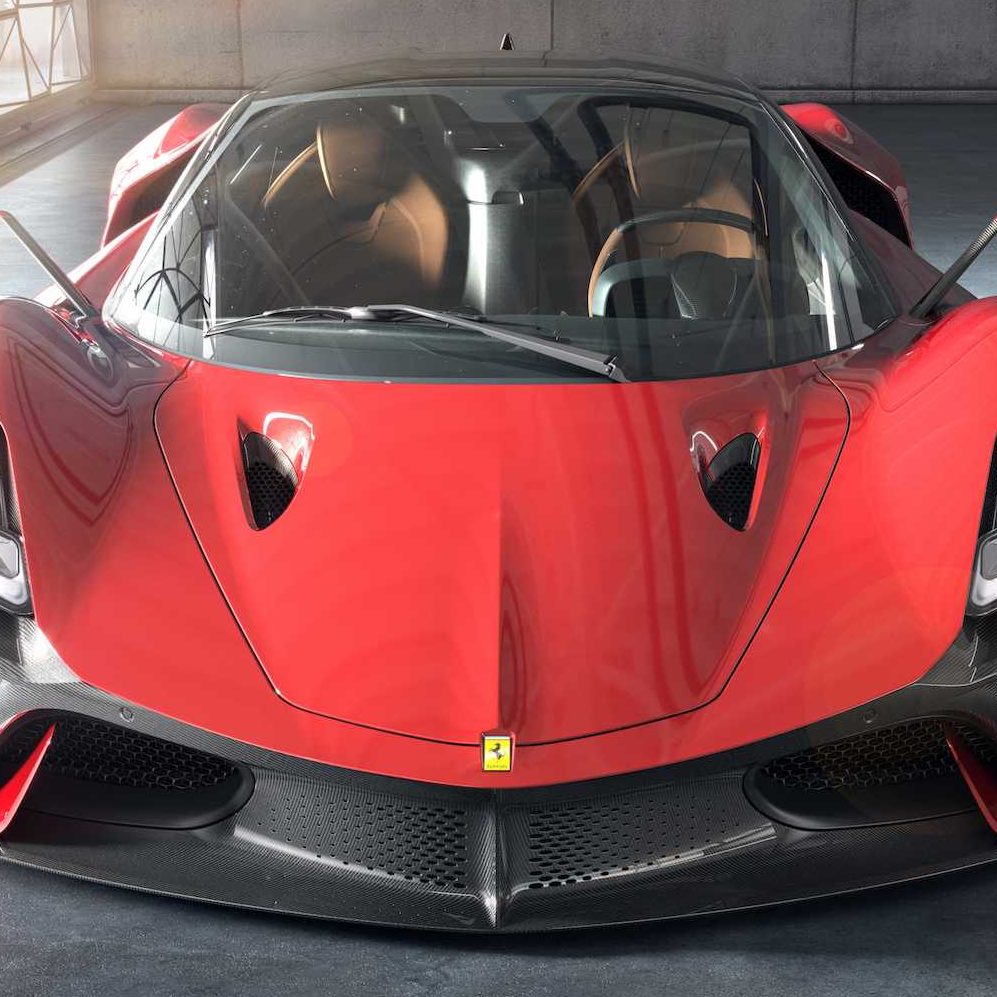
Refinement and Final Adjustments
Feedback Integration
The testing phase generates a wealth of data and insights that guide the refinement process. Engineers and designers collaborate to integrate feedback from performance and safety tests, making necessary adjustments to optimize the car’s characteristics. This iterative process involves fine-tuning the engine, tweaking the aerodynamics, refining the suspension, and enhancing the interior comfort.
Prototypes are updated and re-tested to validate the improvements, ensuring they align with Ferrari’s standards. Feedback from potential customers, gathered through focus groups and market research, is also considered to tailor the concept car to consumer preferences. Integrating feedback is pivotal for perfecting the concept car before its final presentation.
Final Design Freeze
After multiple rounds of refinement and validation, the design is finalized in a process known as “design freeze.” At this stage, all major design and engineering decisions are locked in, and the team focuses on perfecting the final details. This includes finalizing the paint colors, interior trims, infotainment system, and other aesthetic and functional elements.
The design freeze marks the car’s readiness for production, ensuring that it meets Ferrari’s exacting standards. It signals the culmination of months, if not years, of hard work and collaboration. The final design freeze is a critical milestone, signifying that the concept car is ready to move from development to production.
Production and Launch
Pilot Production
Before full-scale production begins, a pilot production run is conducted to validate the manufacturing processes and ensure smooth scalability. This phase involves producing a limited number of units to identify and resolve any issues in the production line, supply chain, or assembly process.
Inspectors thoroughly examine and test the pilot cars to confirm they meet quality standards. They address any discrepancies or bottlenecks to streamline mass production. Pilot production ensures that the manufacturing process is efficient and capable of producing high-quality vehicles consistently.
Showroom Launch
With the successful completion of pilot production, the concept car is ready for its grand debut. The launch event is meticulously planned to showcase the car’s features, performance, and design to the world. Ferrari typically unveils its new models at prestigious automotive events, such as the Geneva Motor Show or private launches for exclusive clients.
During the launch, the car is presented to the media, industry experts, and potential buyers. Test drives and demonstrations highlight the car’s capabilities, generating excitement and anticipation. The showroom launch marks the culmination of the concept car’s journey from initial sketch to reality, solidifying its place in Ferrari’s illustrious lineup.
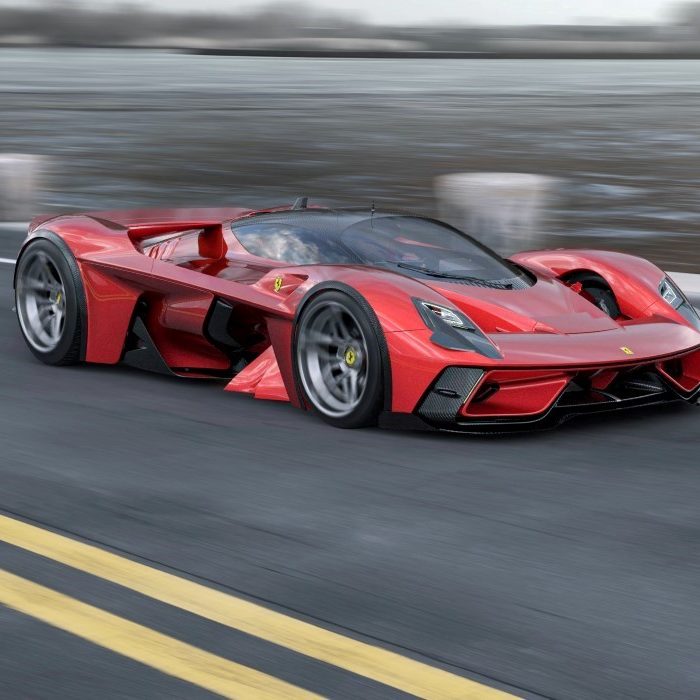
The Legacy and Impact
Innovations and Trends
The introduction of a new Ferrari concept car often sets trends and pushes the boundaries of automotive innovation. The technologies and design elements pioneered in the concept car can influence future models and even the broader automotive industry. Innovations in aerodynamics, materials, and drivetrain configurations often debut in concept cars before becoming mainstream.
The Ferrari concept car serves as a platform for experimenting with cutting-edge technology and design philosophy. Its success can lead to the adoption of new standards and practices within Ferrari and among competitors. The legacy of a concept car lies in its ability to shape the future of automotive design and engineering.
Influence on Ferrari’s Lineup
The impact of a Ferrari concept car extends beyond its immediate release, shaping the brand’s future direction. Successful concepts can lead to new production models or inspire updates to existing ones. Customer and industry feedback from concept cars inform Ferrari’s strategic decisions, guiding the development of future vehicles.
The concept car’s legacy is reflected in its lasting influence on Ferrari’s lineup, contributing to the brand’s evolution and sustained excellence. By driving innovation and setting new benchmarks, the concept car cements its place in Ferrari’s storied history.
Conclusion
The journey of a Ferrari concept car from sketch to showroom is a testament to the artistry, engineering prowess, and dedication that define the brand. The team meticulously executes each step, from initial sketches and design refinement to rigorous testing and final production, to create a car that embodies Ferrari’s legacy of performance and luxury. This process not only brings to life a vehicle that pushes the boundaries of automotive excellence but also sets the stage for future innovations. By understanding this intricate journey, one can appreciate the immense effort and expertise that go into crafting a Ferrari, ensuring it remains a symbol of aspiration and achievement in the automotive world.
